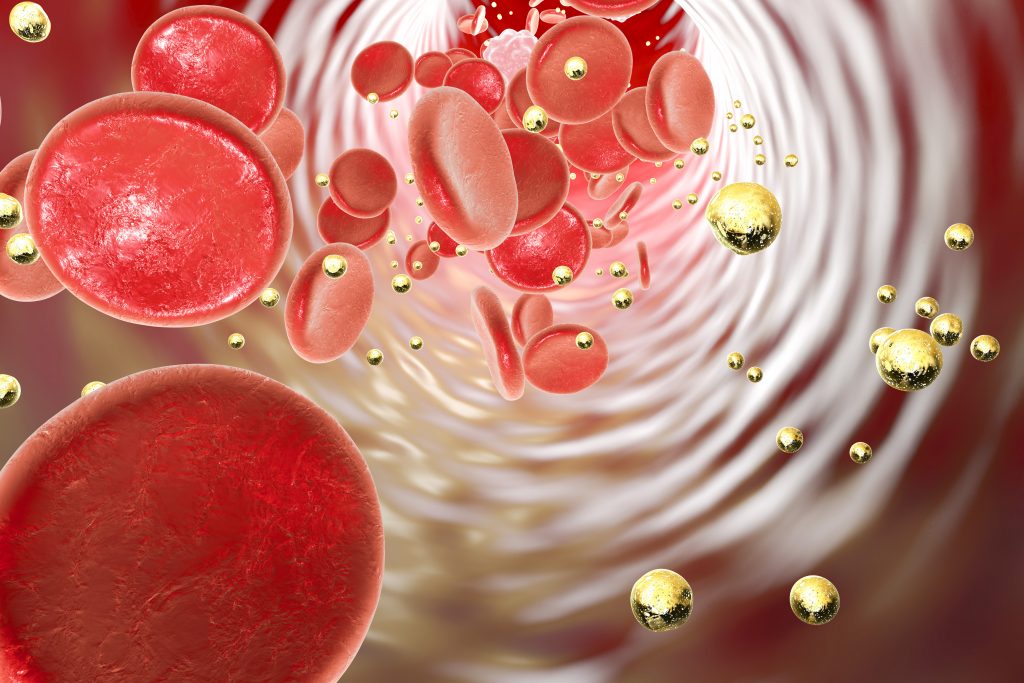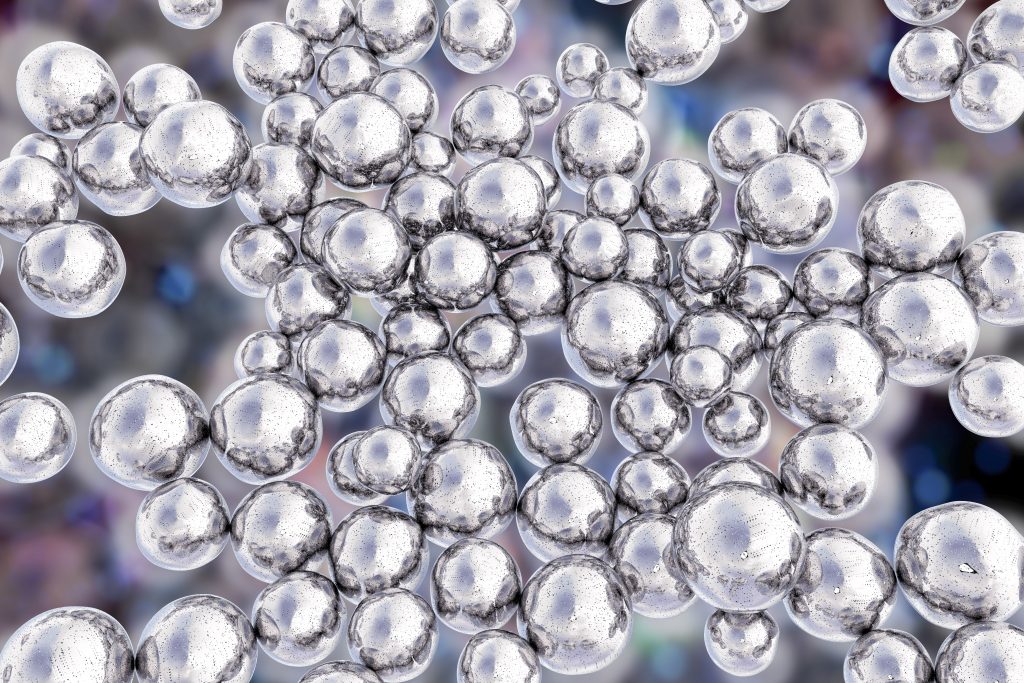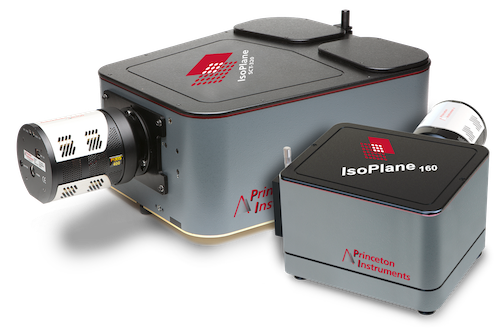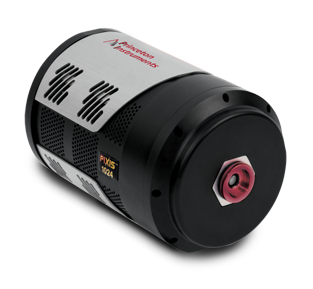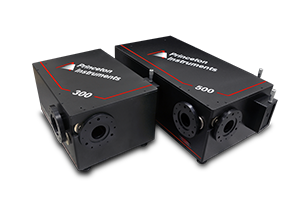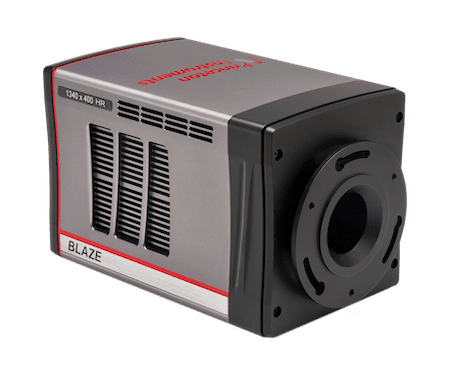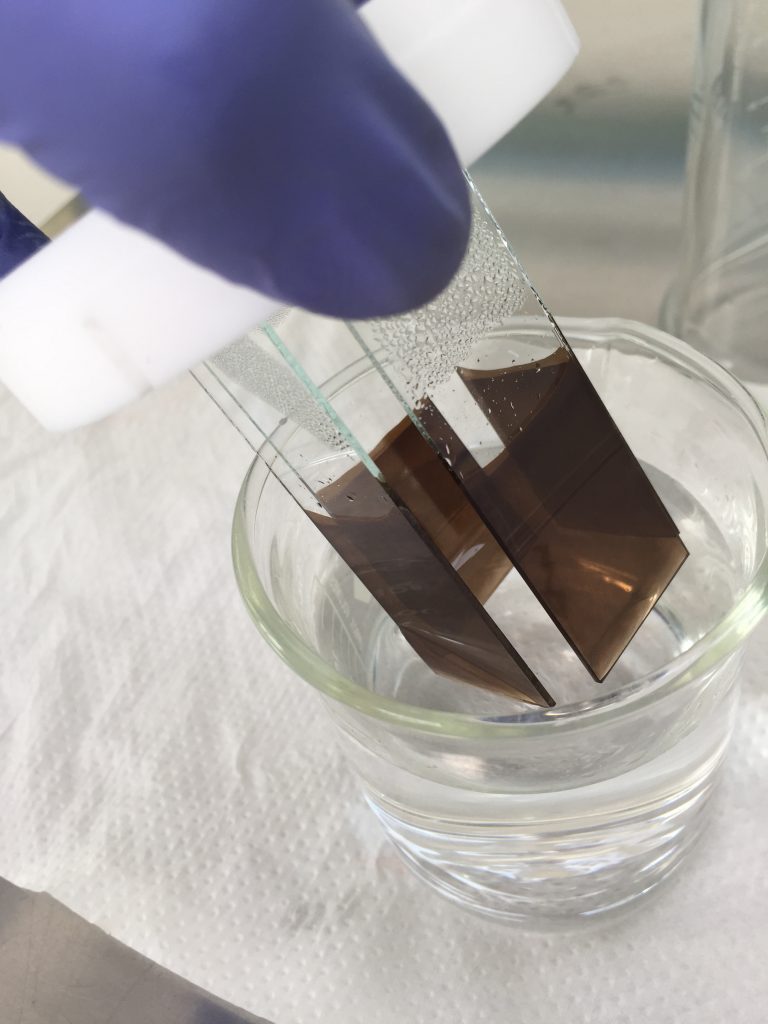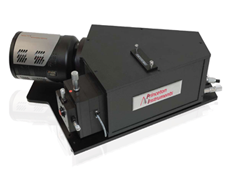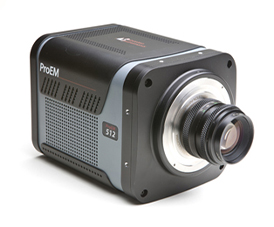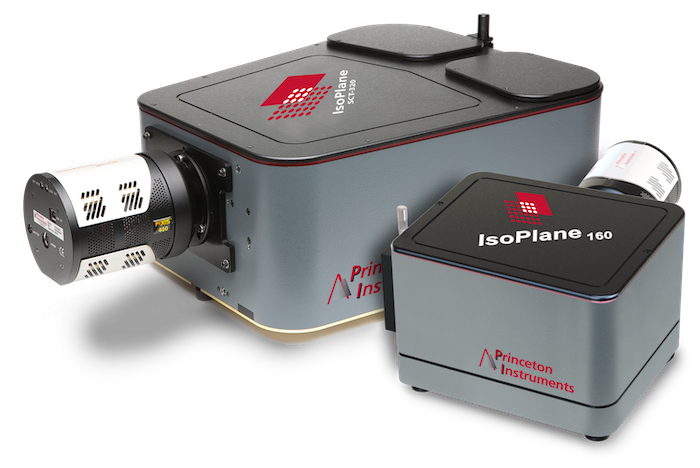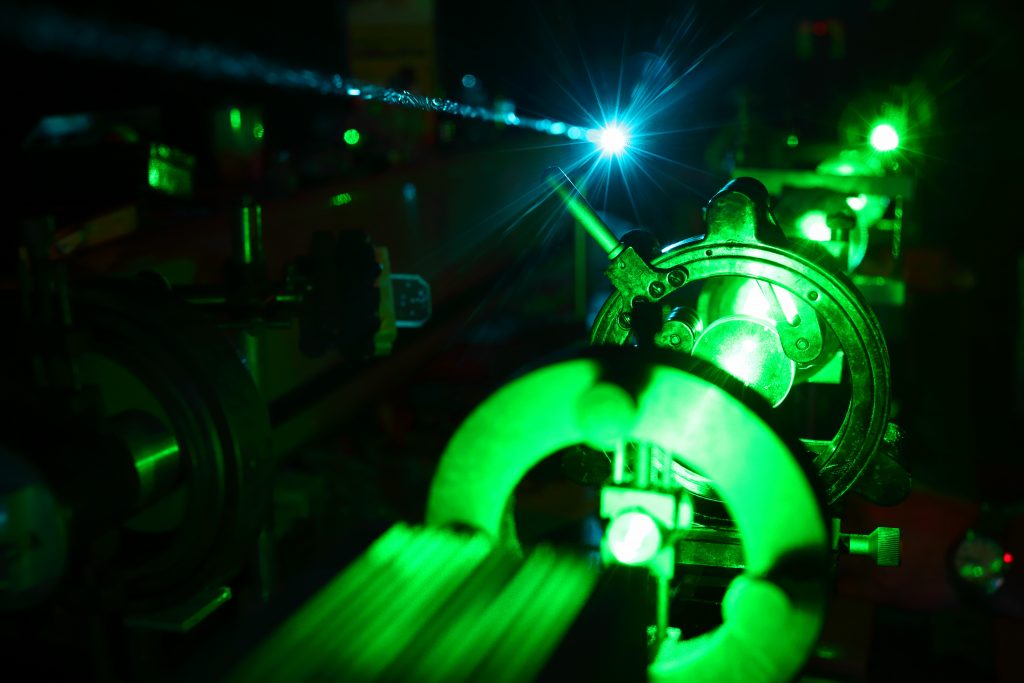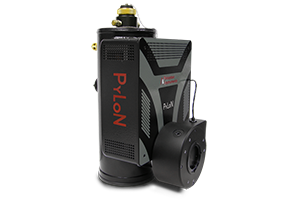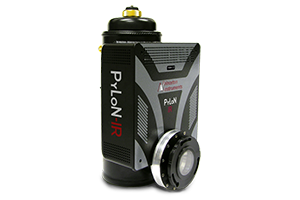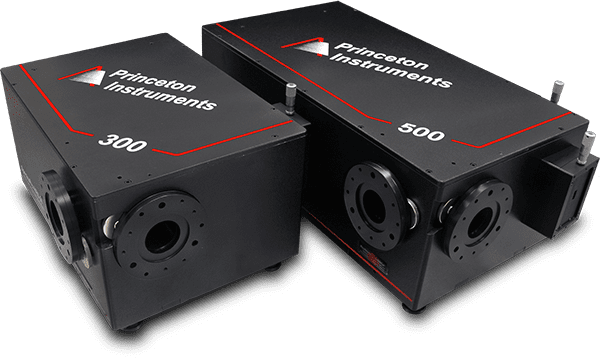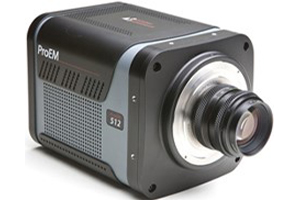Guowei Yang, Sun Yat-sen
Science Advances
The optical duality of tellurium nanoparticles for broadband solar energy
harvesting and efficient photothermal conversion
Introduction
The conversion of solar energy is an area of large impact for nanotechnologies. Several spectroscopic techniques are used to probe the properties and applications of nanoparticles. Researchers from China recently published an article about Tellurium nanoparticles for conversion of solar energy. They employ Raman spectroscopy, UV-VIS absorption spectroscopy and dark field scattering spectroscopy to understand the particles properties. The research is featured on Laser Focus World with the article below:
For at least the last decade, “solar thermal” technologies, in which sunlight is used to convert water into steam that runs electric turbines or performs desalination, has been great for the investment community. About six years ago, nanoparticles started to get into the solar-thermal game when Rice University researchers added some nanoparticles to cold water and were able to make steam when they exposed the combination to sunlight.
Since then, a lot of work in what is now termed photothermal conversion has turned to the field of plasmonics, which exploits the wave of electrons that is produced when photons strike a metallic surface. However, producing plasmonic nanostructures is certainly not as straightforward as just adding some nanoparticles to water.
Now, researchers in China have combined the ease of adding nanoparticles to water with plasmonics to create a photothermal conversion process that exceeds all plasmonic or all-dielectric nanoparticles previously reported. Researchers at Sun Yat-sen University (Guangzhou, China) demonstrated in the journal Science Advances what they claim is the first material that simultaneously has both plasmonic-like and all-dielectric properties when exposed to sunlight.
The key to achieving this combination is the use of tellurium (Te) nanoparticles, which have unique optical duality, according to G. W. Yang, professor at Sun Yat-sen University and coauthor of the research.
By dispersing these nanoparticles into water, the water evaporation rate is improved by a factor of three under solar radiation. This makes it possible to increase the water temperature from 29 degrees to 85 degrees Celsius within 100 seconds.
“The Te nanoparticles perform like a plasmonic nanoparticle when it is smaller than 120 nanometers [nm] and then as a high-index all-dielectric nanoparticle when those nanoparticles are larger than 120 nm,” said Yang. The Te nanoparticles are able to achieve this duality because they have a wide size distribution (from 10 to 300 nm). This enhanced absorption can cover the whole solar radiation spectrum.
Another property of the Te nanoparticle is that when it is excited by sunlight, the excitation energy is transferred entirely to the carriers (electrons and holes). This pushes the carriers out of equilibrium and into special states of momentum with higher temperatures.”
Yang explains that as the system evolves toward equilibrium, these carriers relax. As the carriers scatter, it leads to a phenomenon known as Coulomb thermalization, which forms a hot gas of thermalized carriers that couple with phonons and transfer their excess energy to the lattice. This results in the efficient heating of the Te nanoparticles.
For this approach to work for commercial desalination, Yang acknowledges that the current method of producing the Te nanoparticles with nanosecond laser ablation in liquid is limited. “Now, we are trying to prepare the Te nanoparticles by other methods,” he added. But because the Te nanoparticles have a unique optical duality, Yang envisions other applications for the technology. “We want to apply them in sensors or nanoantennas,” he said.
The abstract for the paper published in Science Advances details the research findings:
Nanophotonic materials for solar energy harvesting and photothermal conversion are urgently needed to alleviate the global energy crisis. We demonstrate that a broadband absorber made of tellurium (Te) nanoparticles with a wide size distribution can absorb more than 85% solar radiation in the entire spectrum. Temperature of the absorber irradiated by sunlight can increase from 29° to 85°C within 100 s. By dispersing Te nanoparticles into water, the water evaporation rate is improved by three times under solar radiation of 78.9 mW/cm2. This photothermal conversion surpasses that of plasmonic or all-dielectric nanoparticles reported before. We also establish that the unique permittivity of Te is responsible for the high performance. The real part of permittivity experiences a transition from negative to positive in the ultraviolet-visible–near-infrared region, which endows Te nanoparticles with the plasmonic-like and all-dielectric duality. The total absorption covers the entire spectrum of solar radiation due to the enhancement by both plasmonic-like and Mie-type resonances. It is the first reported material that simultaneously has plasmonic-like and all-dielectric properties in the solar radiation region. These findings suggest that the Te nanoparticle can be expected to be an advanced photothermal conversion material for solar-enabled water evaporation.
SOURCE:
IEEE; https://spectrum.ieee.org/nanoclast/semiconductors/nanotechnology/nanoparticles-take-solar-desalination-to-new-heights
